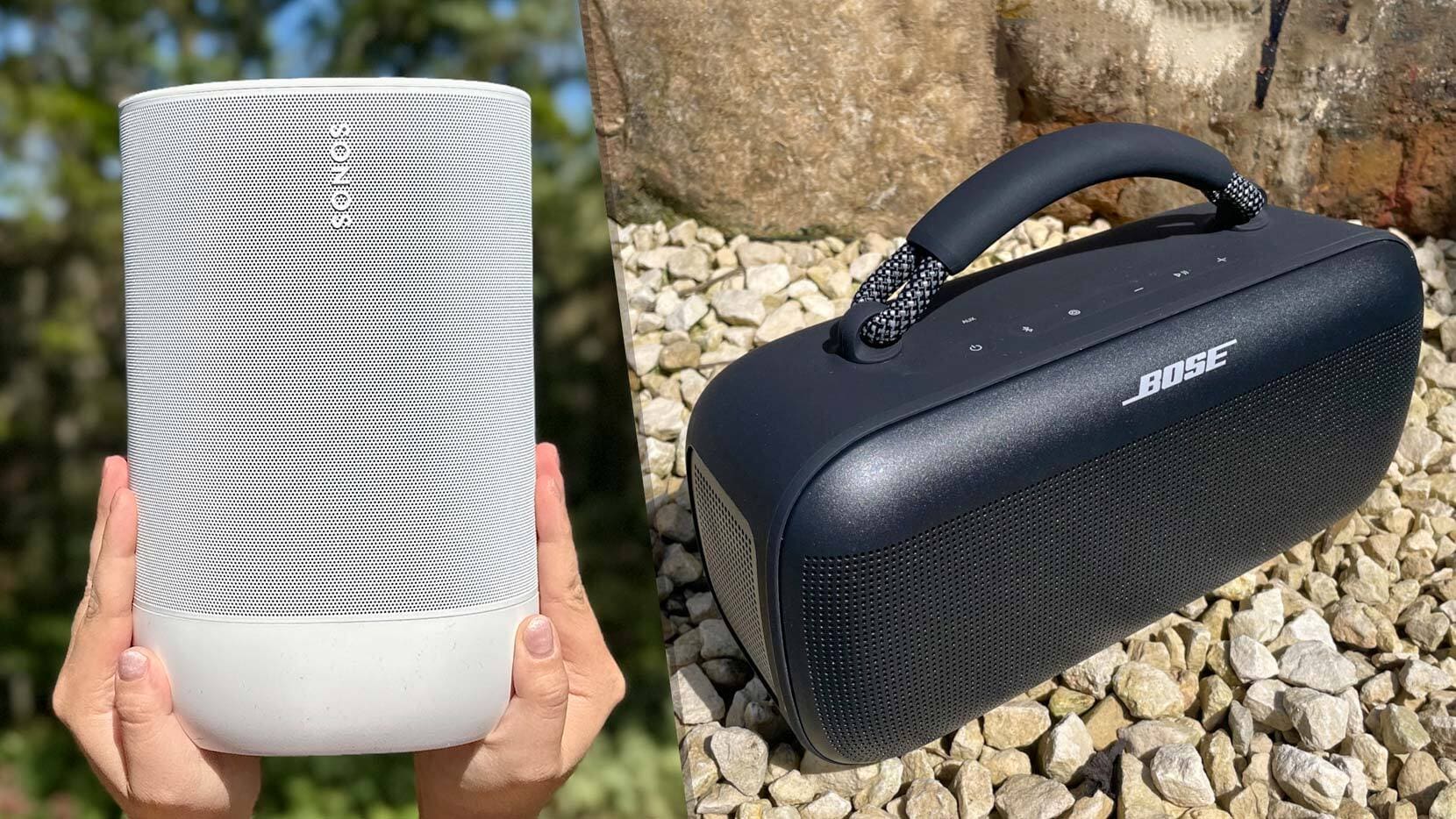Introduction
When it comes to premium audio products, Sonos and Bose are two names that often dominate the conversation. Both brands have established themselves as leaders in the audio industry, offering a wide range of sound systems, speakers, and soundbars designed to deliver exceptional audio experiences. This article aims to provide a detailed comparison of Sonos vs. Bose, focusing on their sound quality, features, and overall value. By the end, you will have a clearer understanding of which brand might be the right fit for your audio needs, especially in the USA market.
Sound Quality
1. Sonos Sound Quality
Sonos is known for its multi-room audio systems that allow users to enjoy synchronized music throughout their homes. The company focuses on delivering rich, balanced sound that is capable of filling larger spaces. Key features contributing to Sonos’s sound quality include:
- Trueplay Tuning: This feature allows users to optimize the sound output based on their room’s acoustics. By using the Sonos app, Trueplay analyzes the room and adjusts the speaker settings accordingly.
- Deep Bass: Sonos speakers, especially the Sonos Sub, are designed to produce deep, resonant bass that enhances music and movie experiences.
- Clear Dialogue: Many Sonos products feature enhanced dialogue clarity, making them ideal for movie and TV show enthusiasts.
2. Bose Sound Quality
Bose has built a reputation for producing speakers that deliver exceptional sound quality with a focus on clarity and detail. Notable aspects of Bose’s sound quality include:
- Bose Surround Sound: Bose products are engineered to create an immersive soundstage, especially in their soundbars, which utilize advanced technology to simulate surround sound.
- Active EQ: This technology automatically adjusts the speaker’s output for optimal sound at any volume level, ensuring that both low and high volumes sound great.
- Bose’s Signature Sound: Users often describe Bose speakers as having a warm, rich sound, making them suitable for various music genres.
Comparison Table: Sound Quality
| Feature | Sonos | Bose |
|---|---|---|
| Trueplay Tuning | Yes | No |
| Deep Bass | Yes (especially with Sub) | Moderate |
| Clear Dialogue | Yes | Yes |
| Immersive Soundstage | Moderate | Excellent |
| Active EQ | No | Yes |
Features
1. Sonos Features
Sonos stands out with a range of features that enhance user experience:
- Multi-Room Audio: Sonos allows users to connect multiple speakers throughout their home, enabling synchronized playback and individual room control.
- Streaming Services: The Sonos system supports a vast array of streaming services, including Spotify, Apple Music, and Amazon Music, providing flexibility in music selection.
- Voice Control: Sonos speakers can be controlled via voice commands using Amazon Alexa and Google Assistant.
2. Bose Features
Bose products are designed with user-friendliness in mind, boasting several appealing features:
- Bose Music App: This app allows users to manage their music library, set up and control multiple speakers, and access various streaming services easily.
- Bluetooth Connectivity: Many Bose speakers offer Bluetooth capability, allowing users to connect devices wirelessly and stream audio.
- Soundbar Features: Bose soundbars often come with features like HDMI ARC compatibility and built-in voice assistants, making them a great choice for home theaters.
Comparison Table: Features
| Feature | Sonos | Bose |
|---|---|---|
| Multi-Room Audio | Yes | Limited |
| Streaming Service Support | Extensive | Extensive |
| Voice Control | Yes (Alexa & Google Assistant) | Yes (Bose Voice Assistant) |
| App Control | Sonos App | Bose Music App |
| Bluetooth Connectivity | Limited (some models) | Yes |
Conclusion
In the debate of Sonos vs. Bose, both brands offer outstanding sound quality and a range of features tailored to meet various audio needs. Sonos excels in creating a multi-room audio experience with its innovative Trueplay technology, while Bose impresses with its immersive soundstage and user-friendly design.
Ultimately, the choice between Sonos and Bose may come down to individual preferences and requirements. If you prioritize a cohesive multi-room experience and deep bass, Sonos might be the ideal choice. On the other hand, if you are looking for clarity and ease of use, especially for home theater setups, Bose could be your go-to brand.
Q&A Section
Q1: Which brand offers better sound quality?
A1: It depends on personal preference. Sonos offers rich, balanced sound, while Bose provides clear, detailed audio with immersive surround sound capabilities.
Q2: Can I use Sonos and Bose products together?
A2: Generally, Sonos and Bose products operate on different ecosystems, making it challenging to integrate them into a single system.
Q3: Are both brands compatible with smart home systems?
A3: Yes, both Sonos and Bose products are compatible with various smart home systems and voice assistants.
Q4: Which brand has better multi-room capabilities?
A4: Sonos is known for its excellent multi-room audio capabilities, allowing users to synchronize multiple speakers throughout the home easily.
Q5: What should I consider when choosing between Sonos and Bose?
A5: Consider your audio preferences, the type of music you listen to, your home layout, and whether you prioritize features like multi-room audio or home theater capabilities.

